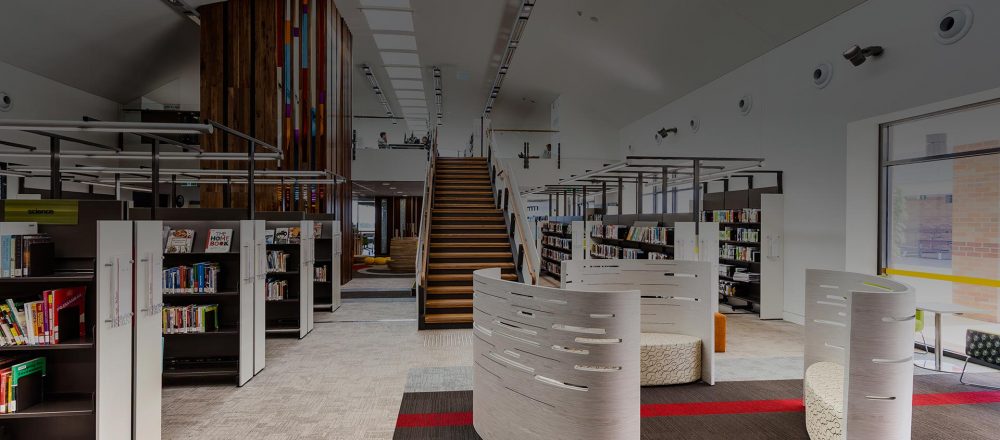Blended education refers to a teaching practice which combines traditional in-class instruction with online learning at home. While this has been a shift largely instigated by health and safety concerns in 2020, many schools and colleges have found that blended education can improve access, equity and engagement for students. Through strategies such as the flipped-classroom model, in which students engage in recorded lectures and non-interactive content at home before coming to class ready to put their knowledge into practice, teachers across Australia have leveraged the strengths of blended learning to deliver effective lessons in spite of adverse circumstances. But with these changes, the arrangement of the classroom will need to change to better suit the different requirements. Here are the best arrangements for education furniture Australia based schools and teachers have implemented to get the most out of their blended education model.
Many instructors have learned to value face-to-face interaction as a limited resource, when adapting to blended learning. Since it is expected that there are less hours that students spend in the classroom overall, it has become inefficient to conduct the same types of pedagogical practice as the traditional classroom. Thus, activities such as lectures, pop quizzes and writing tasks have often been moved to online platforms, so that the time students spend with their teacher can focus more on interactive work which requires feedback and guidance. Classroom arrangements should ideally shift too to match this change in lesson delivery. It becomes less effective to have rows or a horseshoe which is more conducive to a lecture based, teacher-centric style. Instead, small groups with ample walkway space can help teachers play the facilitator rolebetter.
Another successful implementation has been the shift towards groupwork and collaborative tasks, which otherwise would be impossible over online channels. With students seated in small groups, they will be able to put their knowledge into practice and develop skills through project-based learning activities. Many arrangements of education furniture Australia based teachers have found success with follow these principles, instructing students to face each other and learn from each other just as much as they learn from the teacher or the textbook.
When making the changes for blended learning, instructors will also need to consider the access to technology which students will have at school and at home. It is possible that students will have inequitable ability to conduct all their required learning activities at home, due to various factors such as access to devices, internet, software and personal capabilities. For this reason, the types of at home tasks should ideally also be replicable in the classroom, so that the teacher can model effective completion for students who require the extra support. Furthermore, classrooms can now be designed around resources that students will not have access to at home, such as projectors and smart whiteboards.
By making these changes, the best arrangements of education furniture Australia wide have enabled teachers to adapt to the changes required by blended education, ensuring that student learning is not disrupted despite the many changes in schools and the world.
